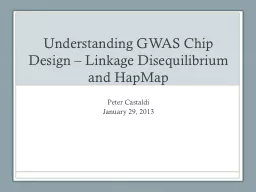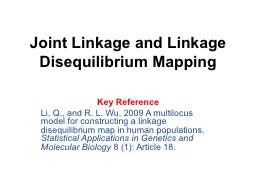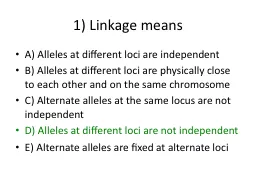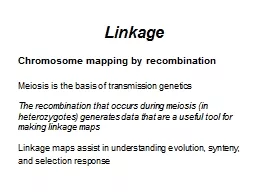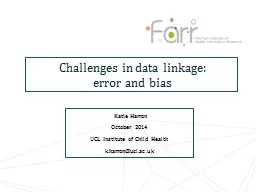PPT-Understanding GWAS Chip Design – Linkage Disequilibrium a
Author : olivia-moreira | Published Date : 2015-10-03
HapMap Peter Castaldi January 29 2013 Objectives Introduce the concept of linkage disequilibrium LD Describe how the HapMap project provides publically available
Presentation Embed Code
Download Presentation
Download Presentation The PPT/PDF document "Understanding GWAS Chip Design – Linka..." is the property of its rightful owner. Permission is granted to download and print the materials on this website for personal, non-commercial use only, and to display it on your personal computer provided you do not modify the materials and that you retain all copyright notices contained in the materials. By downloading content from our website, you accept the terms of this agreement.
Understanding GWAS Chip Design – Linkage Disequilibrium a: Transcript
Download Rules Of Document
"Understanding GWAS Chip Design – Linkage Disequilibrium a"The content belongs to its owner. You may download and print it for personal use, without modification, and keep all copyright notices. By downloading, you agree to these terms.
Related Documents

